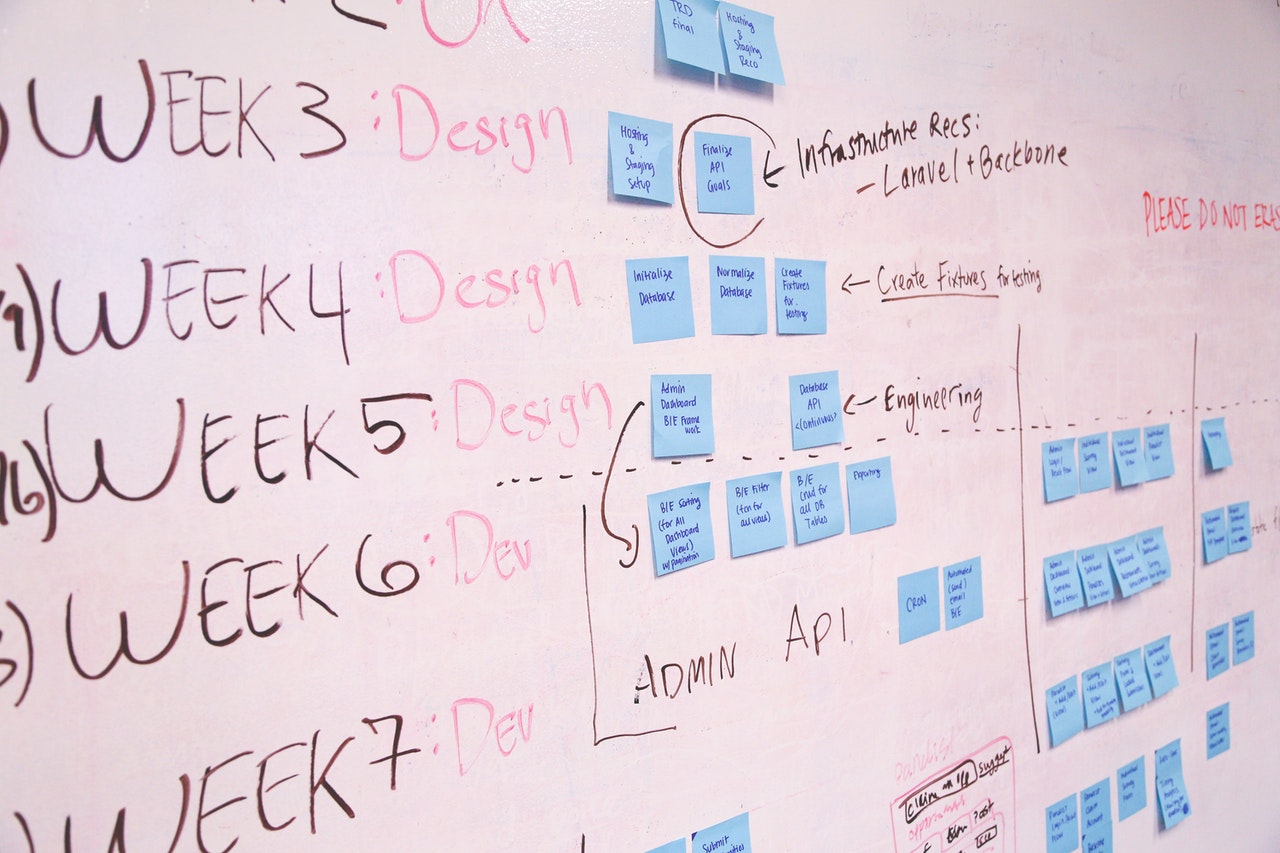Last Modified: March 24th, 2022
5 min read

NetSuite is a powerful platform and it’s important to do your research before implementing it. How much preparation should you do, what are the best practices for implementation? How long does it take to implement NetSuite? How much does it cost? How can you avoid some of the common pitfalls that might cause implementation failures? How can you be sure that NetSuite will work in line with your company culture?
We have a proven and tested strategy to help businesses with NetSuite ERP Implementation. We have developed an agile method-based NetSuite implementation methodology that maximizes NetSuite functionality with respect to our client’s business requirements in a cost-effective way and ensures that while implementation is ongoing, they are still able to perform their day-to-day operations. We call it the “8-sprint approach to NetSuite implementation success.” But before we explore the wonders of our proprietary implementation methodology, let’s take a quick course on what the agile implementation methodology is and learn why we use it.
What is an Agile Implementation Methodology?
The principle behind Agile is being adaptive to business needs by providing an iterative framework that allows for adapting to change. Change can be in either the business priority, change in schedules, change in the team, or any other type of project change. So how do you go about delivering a cloud ERP implementation with Agile? First, let’s understand a little more about what Agile is.
Agile is a programming methodology that allows for a team, typically a SCRUM team, to iterate a product over 2 -4 week sprints. Here are role examples typically found in our SCRUM team:
- Product Owner
- Scrum Master
- Analyst
- Developer/s
- Tester
It starts with a Product Backlog that houses the requirements (often referred to as Epics or User Stories) in priority order. There is a Product Owner (usually the customer or the solution owner) that will define what needs to be built for the organization. The SCRUM team itself is a small team composed of every resource type needed to deliver the product or solution.
Most teams are less than 8 people. At Amazon, they have the principle of the 1-2 pizza team. If it takes more than 1-2 pizzas to feed a team, then break it up into another SCRUM team. The SCRUM team itself owns the work.
The key benefits to using this approach are the adaptation of the team, the team’s self-reliance, and the ability to move quickly. They say if you are going to fail, then fail fast, adapt and overcome, and succeed/win! Waterfall on the other hand delays failure, which would take a week or two to realize is wrong under Agile, takes months in Waterfall methodology.
The 8-Sprint Approach to NetSuite Implementation Success
Our 8-Sprint NetSuite implementation methodology has found success in critical eCommerce, ERP, CRM, and other business operational projects. Rather than roll out products, we roll out solutions. Cloud ERP along with AWS for infrastructure allows us to move extremely quickly and to plan Module customizations, integrations, or implementations in a Sprint-focused way. We plan, we execute in 2-4 week increments, and we demo the solution live, online, and working to the customer. The team forms, norms, and storms allowing for greater effectiveness of the iterative method. The Customer Product Owner becomes ingrained in the team and the business and team both adapt to changing conditions. Schedules are met, and the business benefits. Below we discuss these in detail.

The use of Agile Project Management has been a glaring success in Excelym’s NetSuite Implementations. By using the Agile process, the collaboration between the client and Excelym’s NetSuite Implementation Consultants are greatly improved compared to conventional processes. The improved interaction between Excelym and the clients greatly translates to a better business relationship, transparent reporting, and faster implementation through clear channels of communications.
Sprint 1: Business Requirements
The first sprint is dedicated to requirements gathering and initial planning. NetSuite Implementation Consultants meet with clients and project stakeholders to discuss their business needs and requirements. For example, how many employees, departments, or regions? How much inventory or work orders do these employees have? What other systems are used with NetSuite (e.g., Salesforce)? How does NetSuite fit into the existing company? The requirements document will be used throughout the implementation to prioritize work and guide decision-making.
Sprint 2: Products, Procure to Pay, and Fixed Assets
The second sprint involves the actual migration to NetSuite. The NetSuite Implementation Consultants help users adapt to the new NetSuite Environment by creating user accounts, setting up account hierarchy in NetSuite, and migrating data from legacy systems such as Microsoft Dynamics, Oracle Financials, or SAP. We always aim at minimizing downtimes in the data migration stage as they can make or break a NetSuite Implementation.
Sprint 3 and Sprint 4: Inventory Process Automation
The third and fourth sprints focus on automating the inventory process from supplier to warehouse. The sprints also focus on setting up the products included in the inventory and also include the integration of vendors and suppliers in the supply chain for efficient supply chain management.
Sprint 5 – General Accounting and Budgeting
Sprint five focuses on the automation of business processes like General Accounting and Budgeting. The process includes the uploading of journal entries, the creation of recurring transactions, journal workflows, and the financial statements of the clients.
Sprint 6/7- Order to Cash
Sprints 6 and 7 focus on automating the accounting of the transactions of the clients with their respective customers. These involve automating the creation of invoices/ credit memos, Management of collections, and invoice delivery to customers.
Sprint 8 – Cutover & Historical Data Migration
Sprint 8 involves the historical data migration to the NetSuite ERP environment and migration of existing processes to NetSuite. Sprint 8 ensures that there is no overlap nor gaps between existing business processes and the new processes to be implemented in NetSuite.
Final Words
Each business has its own requirements and unique business processes, that is why NetSuite out-of-the-box implementation costs more in the long run than implementations conducted by NetSuite implementation consultants like Excelym. We ensure that businesses can fully leverage the Enterprise Resource Planning (ERP) system through a comprehensive implementation process, stringent business requirements discovery, and thorough requirements gathering.
We strive to create an environment where all users can adapt quickly and easily using NetSuite. The adoption of the agile methodology at Excelym has created a successful NetSuite implementation process, allowing for constant feedback that is used in each sprint as well as lower costs through better planning.
Contact us today for more information on how we can help you successfully implement NetSuite into your organization. Get a no obligation-free initial consultation to kickstart your NetSuite license!
Serge is a Managing Partner and the head of sales and business development.
Published on: August 11, 2021
